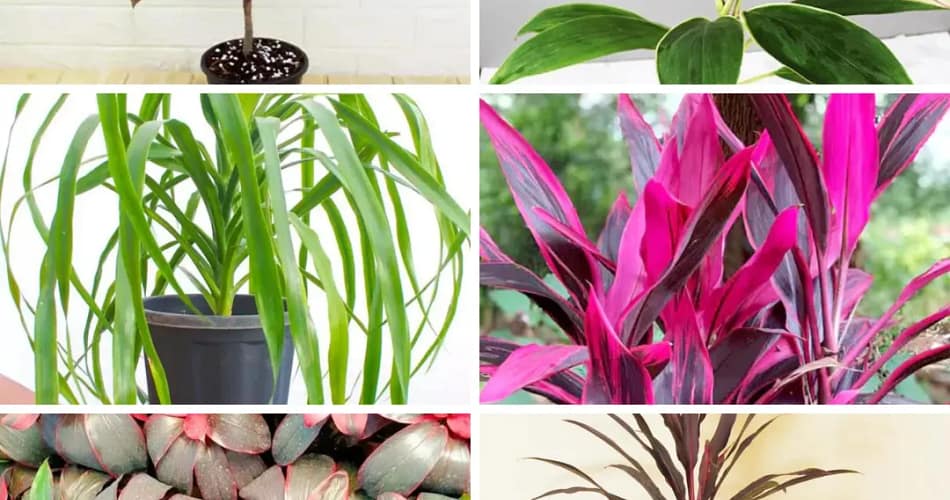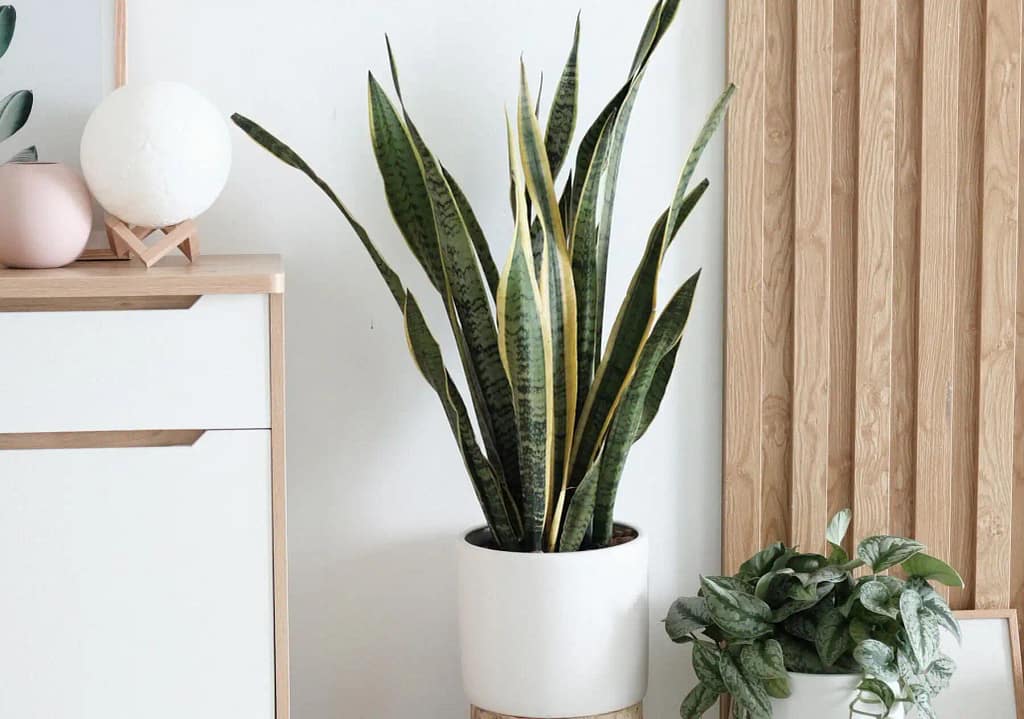Introduction
The Dracaena genus includes a wide variety of beautiful and easy-to-care-for plants, making them popular choices for both novice and experienced gardeners. These plants are known for their striking foliage and adaptability, thriving in various environments, including low light and indoor settings. This article delves into some of the most popular Dracaena species, including the Dragon tree, Dracaena fragrans, Dracaena trifasciata, Lucky bamboo, Dracaena angustifolia, Song of India, Socotra dragon tree, Dracaena braunii, Dracaena steudneri, and Dracaena mahatma.
Understanding Dracaena: An Overview
Dracaena is a genus of about 120 species of trees and succulent shrubs. Native to Africa, Asia, and Central America, these plants have been cultivated worldwide for their attractive foliage and ease of care. With species ranging from small tabletop plants to towering indoor trees, Dracaena offers something for every plant enthusiast.
Popular Dracaena Varieties
Let’s explore some of the most common and beloved Dracaena varieties.
Dracaena Dragon Tree (Dracaena marginata)
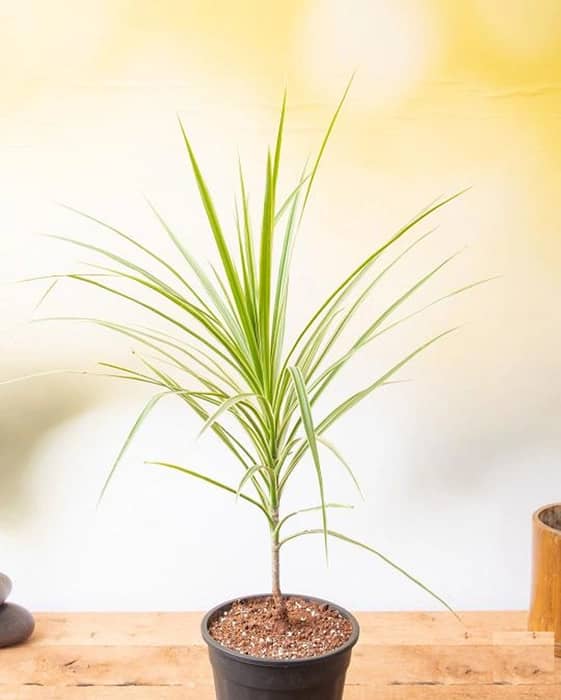
The Dragon tree is one of the most popular houseplants due to its striking sword-like leaves that grow on slender stalks. It’s known for its resilience and ability to thrive in low light, making it an excellent choice for homes and offices.
Dracaena fragrans (Corn Plant)
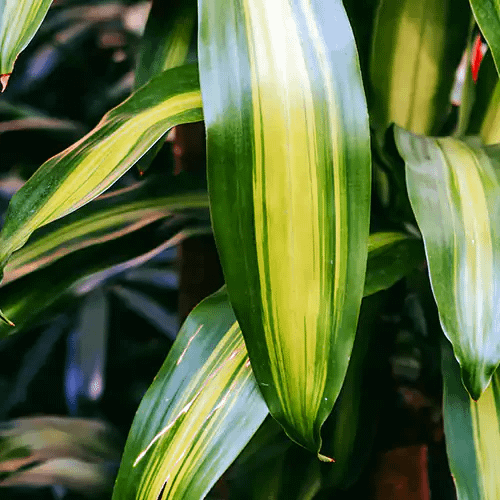
Also known as the Corn Plant, Dracaena fragrans is recognized by its broad, arching leaves. It is highly favored for its ability to grow in low light and its potential to remove indoor toxins, making it not just a beautiful addition to any room, but also a functional one.
Dracaena trifasciata (Snake Plant)
Dracaena trifasciata, commonly referred to as the Snake Plant or Mother-in-law’s Tongue, is one of the toughest houseplants. Its stiff, upright leaves make it a statement piece in any room, and it’s known for being one of the best plants for improving indoor air quality.
Full Information About This Plant Click To Snake Plant
Lucky Bamboo (Dracaena braunii)
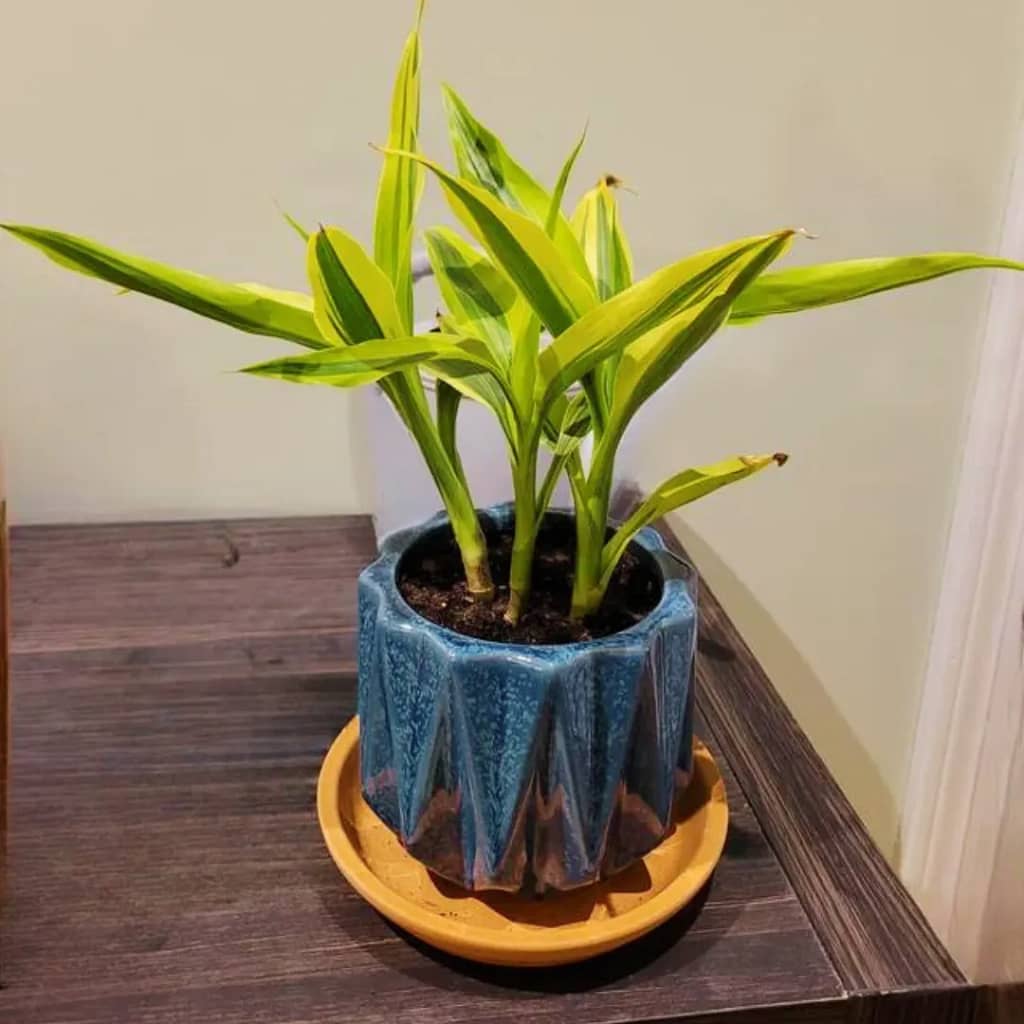
Although often sold as Lucky Bamboo, this plant is actually a type of Dracaena. It’s cherished in many cultures as a symbol of good luck and prosperity. Lucky Bamboo is incredibly easy to grow, thriving in water-filled containers and requiring minimal sunlight.
Dracaena angustifolia (Red-Edge Dracaena)
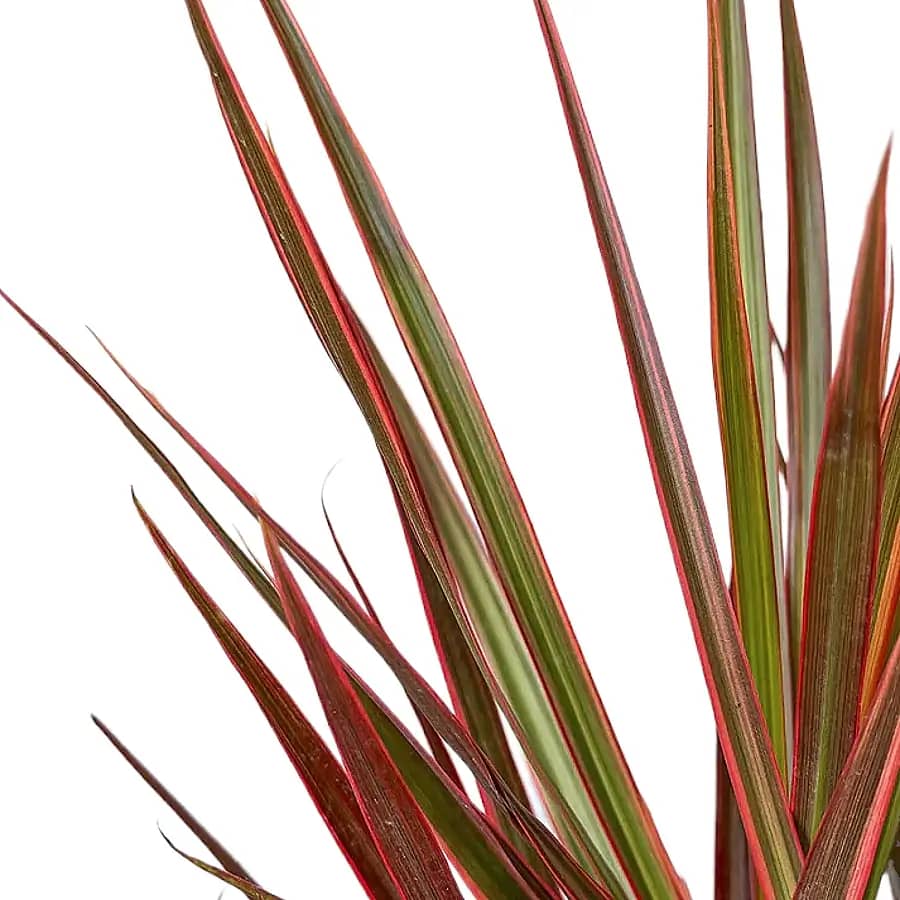
Dracaena angustifolia is often mistaken for Dracaena marginata due to its similar appearance. However, it has narrower leaves with a more pronounced red edge. It’s perfect for adding a touch of color and elegance to any indoor space.
Song of India (Dracaena reflexa)
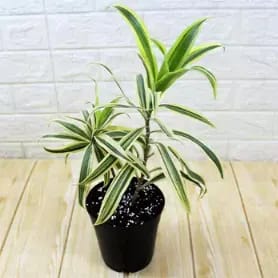
The Song of India is a stunning plant with variegated leaves that are green with creamy yellow edges. Its attractive appearance and ability to adapt to various lighting conditions make it a popular choice for both indoor and outdoor gardening.
Socotra Dragon Tree (Dracaena cinnabari)
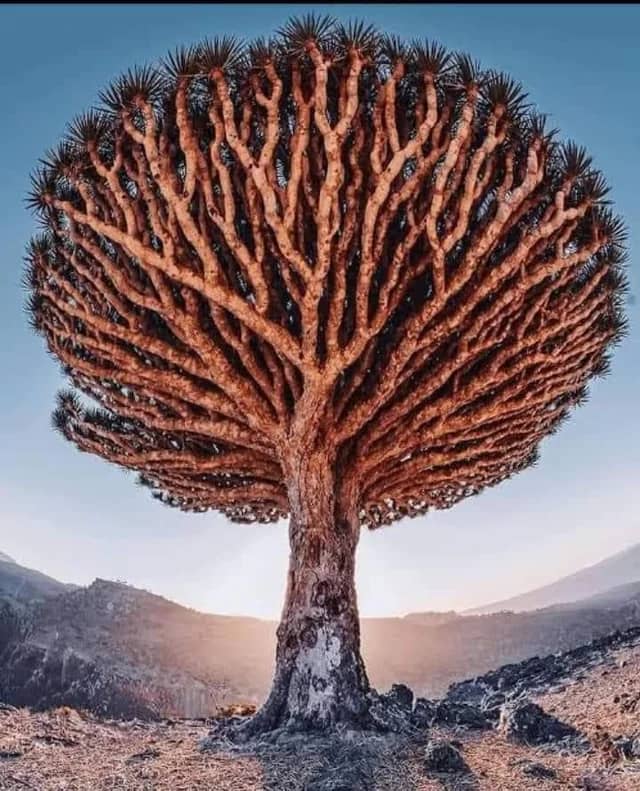
The Socotra dragon tree is an extraordinary species native to the Socotra archipelago in the Arabian Sea. It is famous for its umbrella-shaped canopy and the red resin it produces, often referred to as “dragon’s blood.” While it’s not commonly grown as a houseplant, it’s a fascinating species worth noting.
Dracaena braunii
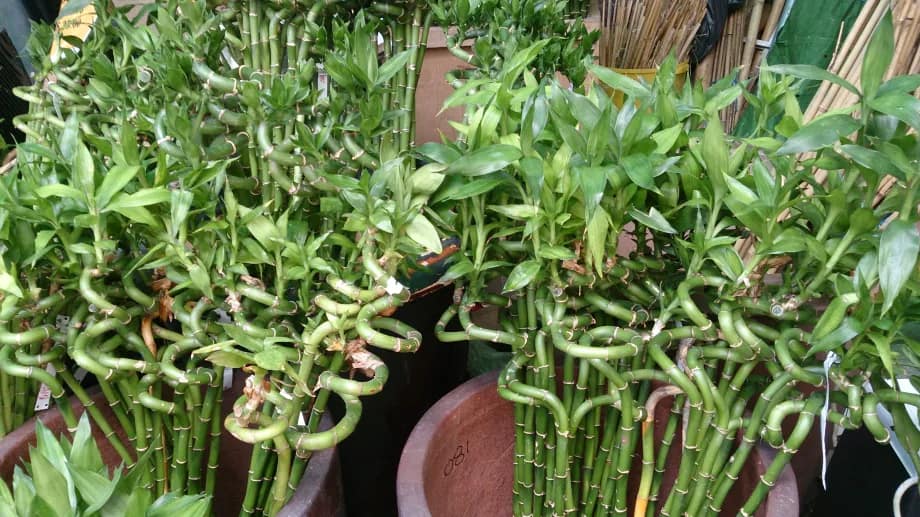
Dracaena braunii is another name for Lucky Bamboo but can also refer to other Dracaena species. This plant is often grown in water and is known for its flexibility in shaping, allowing gardeners to create intricate designs with the stems.
Dracaena steudneri
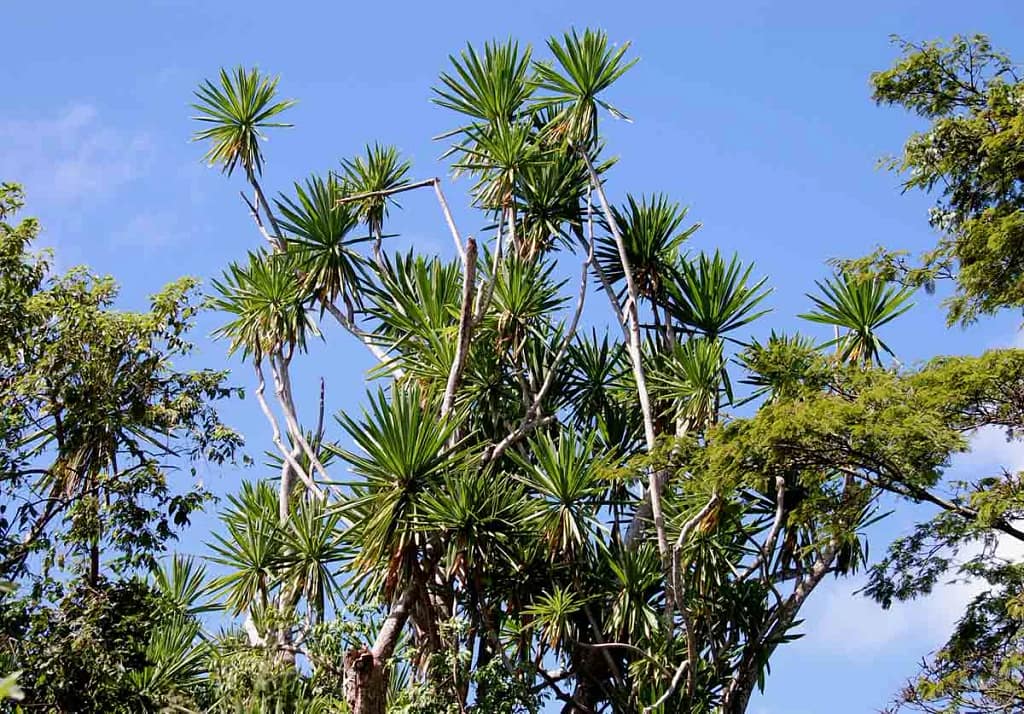
Dracaena steudneri is a less common species, notable for its broad leaves and tree-like appearance. It’s a robust plant that can grow quite large, making it ideal for spacious indoor environments.
Dracaena mahatma
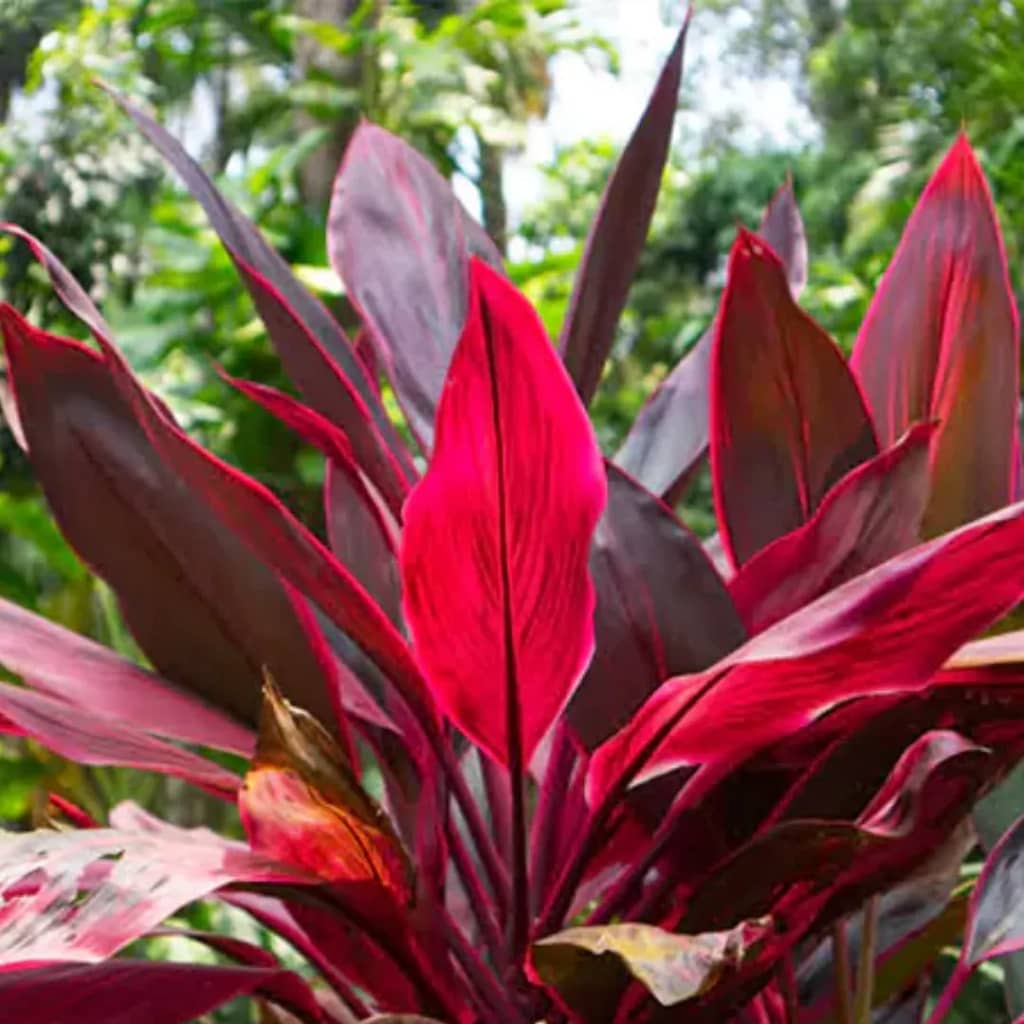
Dracaena mahatma is admired for its dark green, almost black leaves, which add a dramatic flair to any plant collection. This variety is relatively rare but is highly sought after by plant enthusiasts for its unique appearance.
Growing Conditions for Dracaena
To ensure your Dracaena thrives, it’s essential to understand its basic growing requirements.
Light Requirements
Most Dracaena plants prefer bright, indirect light. However, they are also quite tolerant of low-light conditions, making them versatile plants for various indoor settings. Varieties like the Snake Plant and Dragon tree can even thrive in low-light environments, while Lucky Bamboo can adapt to lower light levels but will grow faster in brighter conditions.
Watering Guidelines
Overwatering is the most common mistake when caring for Dracaena. These plants prefer their soil to dry out between waterings. For species like Lucky Bamboo, which is often grown in water, ensure that the water is changed regularly to prevent stagnation. A good rule of thumb is to water your Dracaena when the top inch of soil feels dry.
Soil and Potting
Dracaena plants prefer well-draining soil. A regular potting mix combined with perlite or sand is ideal for providing proper drainage. It’s recommended to repot the plant every two to three years or whenever it outgrows its current container.
Temperature and Humidity
Dracaena plants thrive in average room temperatures between 60-75°F (16-24°C). They prefer moderate humidity but can adapt to lower humidity levels found in most homes. Avoid placing your Dracaena near drafts or sudden temperature changes, as this can stress the plant.
Common Issues and Solutions
Even though Dracaena plants are generally hardy, they can encounter a few common issues.
Yellowing Leaves
Yellowing leaves are often a sign of overwatering. Ensure that your plant is not sitting in water and allow the soil to dry out between waterings.
Brown Tips
Brown leaf tips can indicate low humidity or fluoride sensitivity. Try using distilled water or rainwater to avoid fluoride build-up, and consider increasing the humidity around your plant by misting or using a humidifier.
Pests
Dracaena plants can sometimes attract pests like spider mites or scale. Regularly check the undersides of leaves and treat infestations promptly with insecticidal soap or neem oil.
Propagating Dracaena
Dracaena plants are relatively easy to propagate, making them a great choice for those looking to expand their plant collection.
Cuttings
Most Dracaena species can be propagated through stem cuttings. Simply cut a healthy stem and place it in water or soil. Roots should begin to develop within a few weeks. This method is particularly effective with Lucky Bamboo and Song of India.
Division
For larger Dracaena plants, you can propagate by division. Carefully remove the plant from its pot and divide the root ball into smaller sections. Each section can then be repotted to grow as a new plant.
Benefits of Growing Dracaena
Growing Dracaena offers several benefits beyond just their aesthetic appeal.
Air Purification
Many Dracaena species, including Dracaena fragrans and Dracaena trifasciata, are known for their ability to filter indoor air pollutants, making them excellent choices for improving air quality in your home.
Low Maintenance
Dracaena plants are ideal for busy people or those new to gardening, as they require minimal care. Their tolerance for low light and irregular watering makes them perfect for almost any indoor environment.
Aesthetic Appeal
With their striking foliage and varied forms, Dracaena plants can complement any interior décor, from modern to traditional.
Frequently Asked Questions
What is the best way to care for a Dracaena plant?
Place it in bright, indirect light, water it when the top inch of soil is dry, and keep it in a room with moderate temperature and humidity. Avoid overwatering and ensure the soil drains well.
Can Dracaena plants be grown in water?
Yes, certain Dracaena varieties, such as Lucky Bamboo, can be grown in water. Ensure the water is clean and free of chlorine, and change it regularly to prevent stagnation.
How often should I repot my Dracaena?
Repot your tree every two to three years or when it outgrows its current container. Spring is the best time to repot, as the plant is entering its growing season.
Why are the tips of my Dracaena leaves turning brown?
Brown leaf tips can result from low humidity, fluoride sensitivity, or underwatering. Try using distilled water, increase humidity, and ensure you are watering your plant adequately.
Is Dracaena safe for pets?
Many Dracaena species are toxic to pets, causing symptoms like vomiting and drooling if ingested. It’s best to keep these plants out of reach of curious pets.
Can Dracaena plants grow in low light?
Yes, many Dracaena species can thrive in low-light conditions, making them suitable for rooms with minimal natural light.

